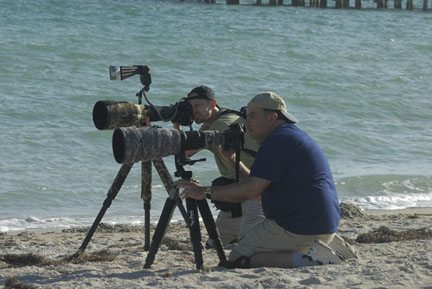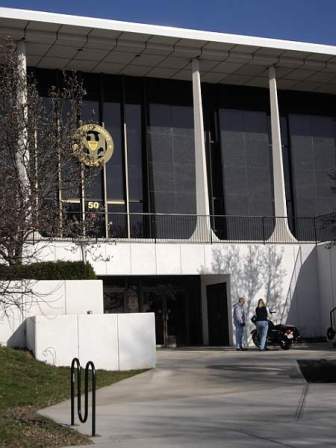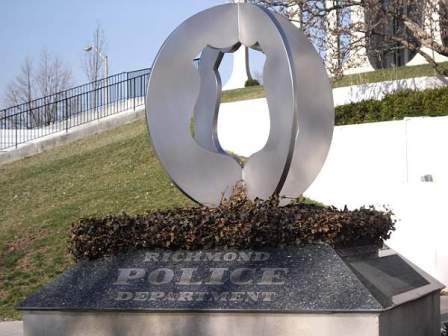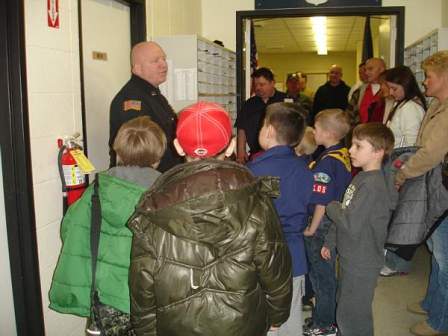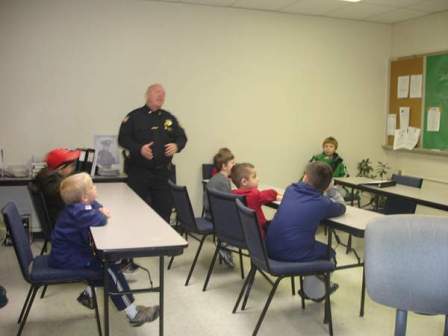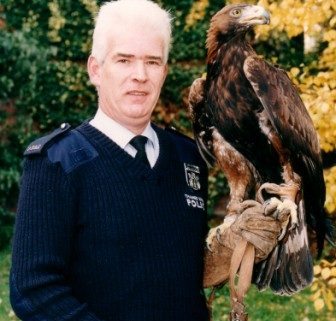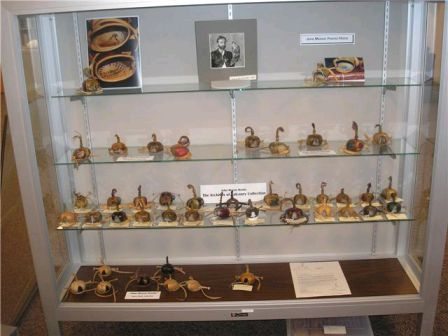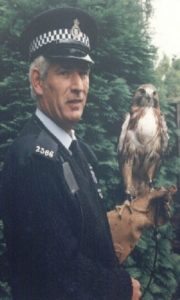Novelist, screenwriter, playwright Thomas B. Sawyer was Head Writer/Showrunner of the hit CBS series, Murder, She Wrote, for which he wrote 24 episodes. Tom has written 9 network TV pilots, 100 episodes, and has been Head Writer/Showrunner or Story Editor on 15 network TV series. He wrote, directed and produced the cult film comedy, Alice Goodbody, is co-librettist/lyricist of Jack, an opera about John F. Kennedy, backed by the Shuberts, that has been performed to acclaim in the US and Europe. He is publisher of Storybase 2.0 writer’s software.
The best-selling mystery/thriller, The Sixteenth Man, is his first novel. Both his book, Fiction Writing Demystified, and Storybase are Writer’s Digest Book Club Selections. His new thriller, No Place to Run, will be published in April, 2009. He’s taught writing at UCLA, at other colleges and universities, at numerous major writers conferences, and online at Writers University. Mr. Sawyer has been nominated for an Edgar and an Emmy.
WRITING FOR MURDER, SHE WROTE
Or
Creating 264+ Murders Using Three Motives – and No Blood, Violence, Crazy People or Forensics
By Tom Sawyer, Head Writer/Showrunner
Oddly, though not entirely unusual, the way I became a writer for MURDER, SHE WROTE before it began to air was the result of my agent sending the show’s co-creator, Peter Fischer, a non-mystery pilot script I’d written for CBS. Peter ‘saw’ something in it – presumably, that I could write scenes that worked – and he gave me a ‘blind assignment’ to write an episode. Meaning, I had to first come up with a story that was acceptable. He invited me to come in and view the very impressive half-hour film they’d produced in lieu of a full-on pilot, and to me, anyway, Angela Lansbury’s specialness, her presence, was awesome.
So Peter and I met. Pleasant, witty, like myself a former East Coaster, I have to say – in terms of instant impressions – that what struck me most tellingly about him was his spotlessly clean desktop (in contrast to my own, which has always been a colossal mess of scraps and disorganized piles that periodically reaches critical mass, requiring a half-day or more for me to clean up). Peter’s had not a single sheet of paper, not a pile anywhere – and it remained that way for the seven years I worked with him. Which is not, incidentally, a knock. A direct corollary of this clearly anal trait, I would learn, was that unlike any other showrunner with whom I’d been associated, Peter always had several scripts in the drawer, finished and ready to shoot. In series TV, this is rare to the point of nonexistence. On most shows they’re constantly hanging on by their fingertips, often writing the scripts as they’re being shot.
All that aside, MSW looked to me like a hit, and I said so. I also offered that given my limited writing credits in the genre (a QUINCY and a MIKE HAMMER), he’d probably have to hold my hand. He assured me that that wouldn’t be a problem and, in response to my question about the approach, the show’s style, Peter explained – as I feared – that he envisioned it in the mold of traditional Agatha Christie puzzle mysteries – what are known in the mystery genre as ‘Cozies’. You know – the character who behaves badly toward all the other players, and is detested by all, who is then – surprise, surprise – murdered – and all of them have motives which at the end are tediously, routinely – for me, anyway – explained by the sleuth, who has gathered them all in the drawing-room. Which prompted – with no hesitation – a remark from me, the sheer chutzpah of which I really didn’t wonder at until I recalled the incident several years later. And having wondered, I realized that it was pretty much the way I’ve operated for most if not all of my life: “Peter, I have to tell you, when I was a kid I read a couple of Christies and one or two locked-room mysteries, and they bored the shit out of me. I’m not going to write that for you.”
His response betrayed no sign that I’d offended. “Okay. What will you write?”
“I’ll write The Maltese Falcon.”
Peter replied without missing a beat: “That’ll be fine.”
And that’s what I did for the next twelve years – seven of them with Peter’s on-the-job blessing.
Though I never discussed that initial encounter with him, I think his not taking offense was because the two of us were speaking a kind of writer’s genre-shorthand, the subtext of which Peter, with his extensive background in whodunnits, certainly understood better than I. He knew exactly what I was saying-without-saying-it because for all of us who are ‘into’ that form, Hammett’s Falcon was/is the paradigm – the seminal modern detective novel – for several reasons – most significantly in that unlike the more traditional mysteries, and Falcon is indeed a mystery – who killed Sam Spade’s partner, Miles Archer, as well as Capt. Jacoby of the SS La Paloma, and gunsel Floyd Thursby? – there were no clues, and almost no emphasis on suspects. Instead, Hammett took the reader on a journey, involving a bunch of marvelously colorful characters in pursuit of a McGuffin, and at the end, and happily without the tedious old-hat convention of the drawing-room climax, we did indeed get our closure about who did what to whom. But – and this further differentiated it from all the others – we almost didn’t care who the murderer was, so interesting were the journey, the people and their stories.
That was the matrix I used for all of the twenty-four MSW episodes I wrote, and for the nearly one hundred scripts I developed with other writers. Basically, my approach was that each was a play, about something, in which a murder had to take place. And for me, the play was the thing. I almost didn’t care about the details of the murder, because our main challenge was to make the method, circumstances and surrounding characters seem different from the last six or seven episodes. Oh, we provided clues and suspects, so that the viewers had a reasonably fair chance of solving the mystery before Jessica Fletcher nailed the bad guy. But I invariably placed the emphasis on that underlying drama, the interplay of characters with conflicting agendas, that (hopefully) provided an entertaining setting for the inevitable murder. Also consistent with the show’s ‘bloodless’ approach to violence, which was never shown, we steered way clear of another dark side – sociopaths and psychopaths, as in serial killers and the like. Happily for me because, despite their popularity in fiction, I find crazy people and other such stuff tedious in the extreme since they’re unfixable, their motives irrational – not, from my perspective, interesting enough to try getting inside their twisted heads. Not people I can, nor wish to try relating to. All that the police – or your detective – can do is catch them which, even with the fashionable cachet of forensics, I find basically uninteresting.
Thus, on Murder, She Wrote, we employed three motives for the killings: money, sex or power (sometimes together). A fourth, really a non-motive, was the occasional ‘victim-by-mistake.’ Essentially, to avoid predictability we tried to rotate these, as we did with the murder method (gunshot, knife, poison, etc.).
Like so much of my life-view, I assumed all the writers on the show regarded its structure the same way. I was therefore surprised when, some years later, I mentioned my take on it to one of them, and he revealed that his method was almost diametrically different, citing among his own rules that, somewhere in Act Two, his murderer had to make what would prove to be a fatal mistake.
Which proves, I suppose, that there is more than one way to do it right.
Though about that, I’m still not convinced.
Oh, and one other thing. Around the set, we referred to Cabot Cove, Maine as The Murder Capital of America (I have a coffee mug inscribed: “If you lived here, you’d be dead by now”). And Jessica Fletcher was known as The Angel of Death.
I mean – this nice lady just happens to be in the vicinity of a murder every week for twelve years…?
Or
Creating 264+ Murders Using Three Motives – and No Blood, Violence, Crazy People or Forensics
By Tom Sawyer, Head Writer/Showrunner
Copyright © 2009 by Thomas B. Sawyer
My weekly review of Castle will be featured tomorrow. Please stop by to see how I graded their police procedure.< >< >< >< >< >< >< >< >< >< >


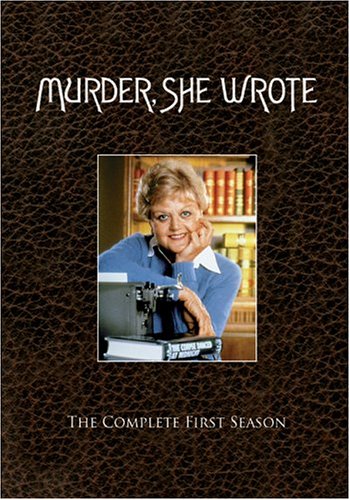

0-Software-for-Writers/storybasebox.jpg)

